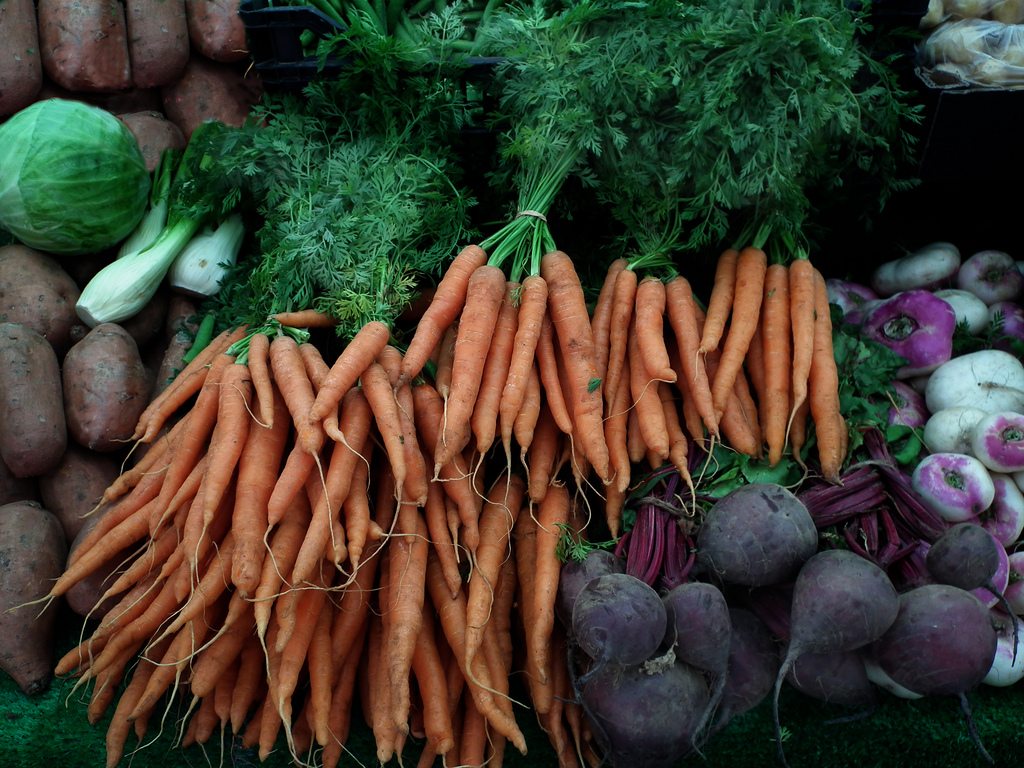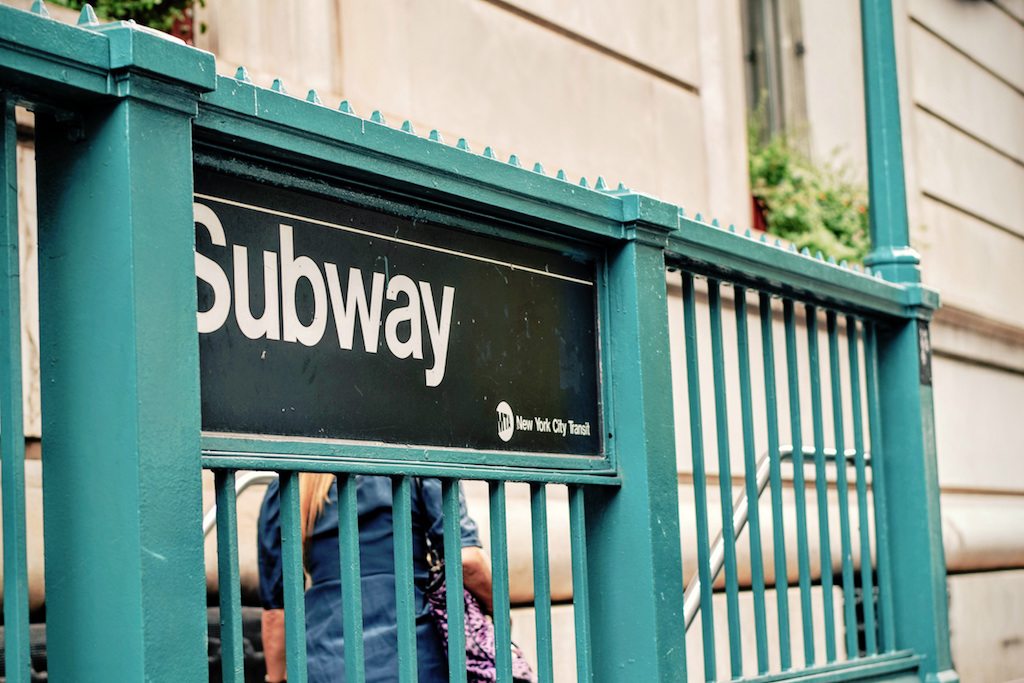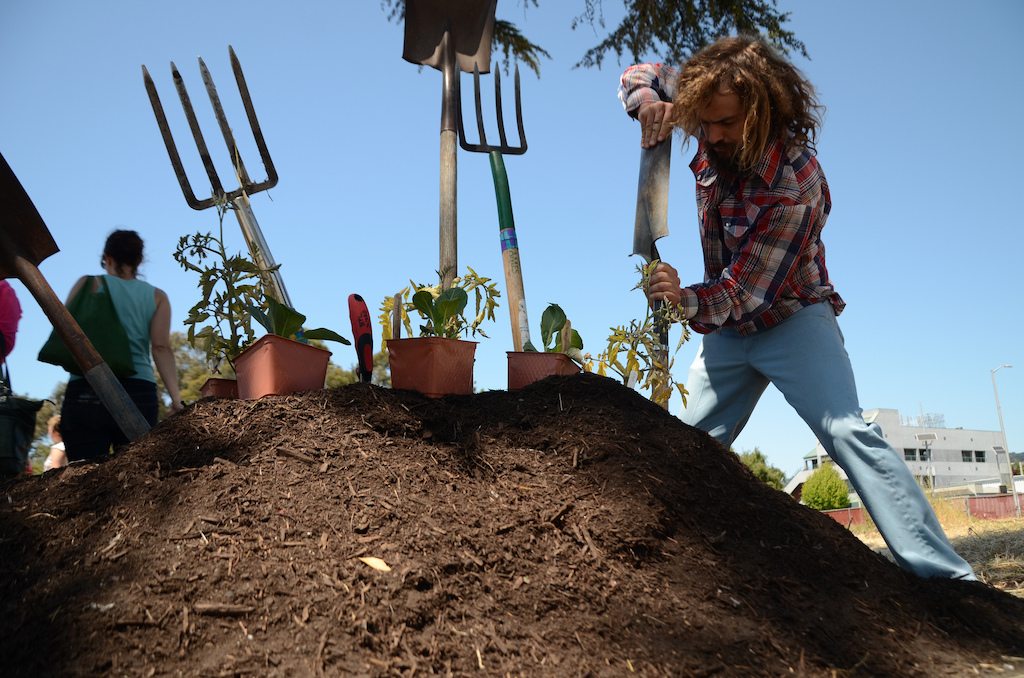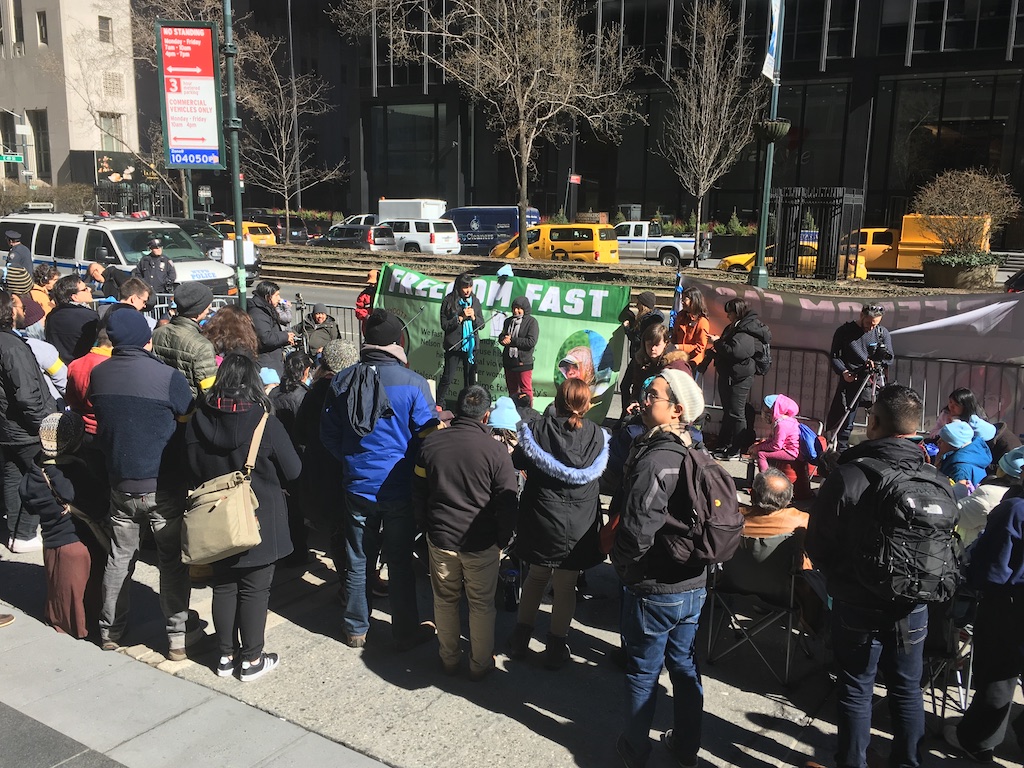A new proposal by New York Governor Andrew Cuomo aims to kill a few birds with one bill: End “lunch shaming,” support local farms, and reduce hunger on college campuses, all in a single enthusiastic policy bundle.
Called “No Student Goes Hungry,” the proposal was introduced by Cuomo, a Democrat, during his State of the State address last week. It was part of a package of proposals, including one that would evaluate eliminating the state tip credit.
All of the proposals read as solid efforts to raise Cuomo’s progressive credibility (did someone say 2020?), but what exactly would “No Student Goes Hungry” do to reshape the state’s school food policies?
Here’s a guide:
1. Ban “lunch shaming.” The practice, which punishes students who have unpaid lunch debts, has been getting a lot of attention—and flak—in recent years. It can result in students being denied hot lunches, and receiving cold (and much cheaper) sandwiches instead—often right in front of their peers. For students who don’t meet the threshold for free or reduced lunches, but can’t afford to pay full-price, this sad sack lunch sometimes comes with milk and a substantial serving of embarrassment. Cuomo’s proposal would ban the practice altogether.
2. Require breakfast to be available after the bell. Students arrive at school late for all sorts of reasons, and while it doesn’t mean they miss class, it usually guarantees that they miss the meal often touted as the most important of the day. “Being a little flexible will help improve student’s nutritional GPA,” says Liz Weiss, a nutritionist based in Massachusetts. The proposal would require that high-need schools (defined as schools where over 70 percent of students qualify for free or reduced-price meals) either supply breakfast in classrooms or install vending machines with breakfast items for students to access. It designates $7 million to help implement the initiative.
A statewide coalition applauded the proposal as a two-pronged approach that would help students and local food producers
3. Expand the state Farm-to-School program, which facilitates purchasing relationships between local producers and schools. A 2015 United States Department of Agriculture (USDA) Farm-to-School census showed that 61 percent of surveyed school districts participate in the program and that another 16 percent plan to in the future. The proposal would double the state’s existing $750,000 investment in the program.
4. Incentivize schools to use locally-farmed products. Under this proposal, school districts that purchase at least 30 percent of their ingredients from New York farms would see an increase in state reimbursements of costs per meal.
5. Require food pantries on public college campuses. Food pantries are commonly confused with food banks. The former refer to pick-up points that provide groceries to people in need. The latter are storage behemoths that collect and re-distribute to anti-hunger initiatives, including food pantries. With this rule, college students who struggle to pay for food won’t have to choose between it and a textbook.
After the announcement, a statewide coalition, New York Grown Foods for New York Kids, applauded the proposal as a two-pronged approach that would help students and local food producers.
Ann Cooper of the Colorado-based Chef Ann Foundation agreed that the proposal was great, but tempered expectations. “This is his idea and it’s really exciting but it’s just a proposal. Legislature would have to pass it,” she says.
“Are New Yorkers willing to pay more in taxes when they may soon be able to deduct less than they historically have?” Cooper asks.
New York would be the first state to require food pantries on college campuses and only the second to ban lunch shaming (New Mexico banned it last year). And while the state is already one of the few that offers reimbursements to schools for meals, the proposed increase would be unprecedented.
However, for school districts, it might also be a bit unrealistic. The growing season in New York state is pretty short, covering only four of the months in a typical school year, says Amie Hamlin, executive director at the Coalition for Healthy School Food, a statewide nonprofit.
“You would have September and October, and May and June, and even then, the food is going to be limited,” she says. And if school food directors think the 30 percent local food standard is too lofty a requirement, their districts might not reach it, or worse, not feel it worth trying. “They just have to make sure that the incentive is realistic for the food director to achieve for the increased reimbursement,” Hamlin says.
But there’s plenty of room for creativity, Hamlin added. New York state dry beans are local and can be used to meet protein or vegetable requirements, although not both in one sitting. The coalition’s advisory board member Christine Wallace added that produce with longer shelf life, such as carrots, winter squashes, and apples could keep throughout the winter months.
The good news is, you can bet it will, says Angela Ledford, a professor of political theory at the College of Saint Rose in Albany, New York. She says there are many reasons why a proposal like this has a high chance of passing in New York. For one, it isn’t that expensive, relatively speaking.
“‘No Student Goes Hungry’, in the larger scheme of things we spend money on in the state, it’s not an enormous outlay,” says Ledford. On top of that, New York’s budget-making process gives the governor a significant amount of heft in setting and shaping state policies.
“The executive budget comes from the governor,” she says. “He really gets to set the legislative agenda through that budget and he has an enormous amount of power in that budget.”
In the legislature, Democrats have control of the House, and Republicans the Senate. Regardless, Ledford predicts there will probably be very little opposition to along party lines.
“I don’t think that Republicans in the Senate, for example, are going to be on record as voting down a program that would provide free and affordable lunches to poor children.”
So the chance it’ll be pass seems strong. But if recent history has taught us anything, counting political chickens before they hatch doesn’t prevent foul results.
New York’s progressive ethos may make “No Student Goes Hungry” a perfect new year’s resolution. Time will tell if residents, via their elected officials, can follow through.












